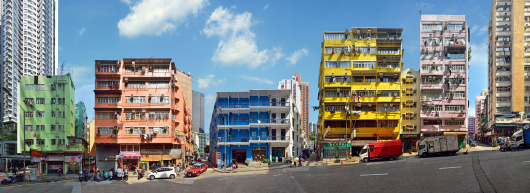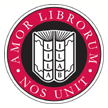Blue House, Stone Nullah Lane, Wanchai (2018)
Stefan Irvine & Jörg Dietrich
A grassroots campaign was successful in preventing the demolition of the Blue House structure, although the shops and apartments were in much need of upgrading. In 2013, the government began to revitalise the Blue House, together with neighbouring tenements known as the Yellow House and the Orange House. All of the historical features of the Blue House would be preserved, including patterned floor tiles, and ornate iron railings, but each of the apartments would be modified to include bathrooms, kitchens and air-conditioning. At that time, most residents had lived inside the cluster for over half a century; the only pre-war shophouse to retain a comprehensive social network. Local activists were able to persuade the government to allow the original residents of the site to move back into the accommodation once the renovations had been completed, with subsidised rents. The revitalisation project was completed in 2017 and now houses several family units who had been long-term residents of the site previously, as well as several restaurants run by social enterprises, and a community centre dedicated to recording and exhibiting Hong Kong stories. In 2017, the restoration was the first Hong Kong-based project to receive the UNESCO Award of Excellence for Cultural Heritage Conservation.
Born in London in 1976, Stefan Irvine has been based in Hong Kong since 2002. With a background in photojournalism and commercial photography, the last few years have seen Irvine focus on fine art photography projects. His photographs have been exhibited in New York, London and Hong Kong, as well as appearing in publications including The New York Times, National Geographic, and The Wall Street Journal. He is the winner of the Independent on Sunday/Oxfam Photojournalist Award and his documentary work in Hong Kong was short-listed for the Sunday Times Ian Parry Award and The Observer/Hodge Awards.






